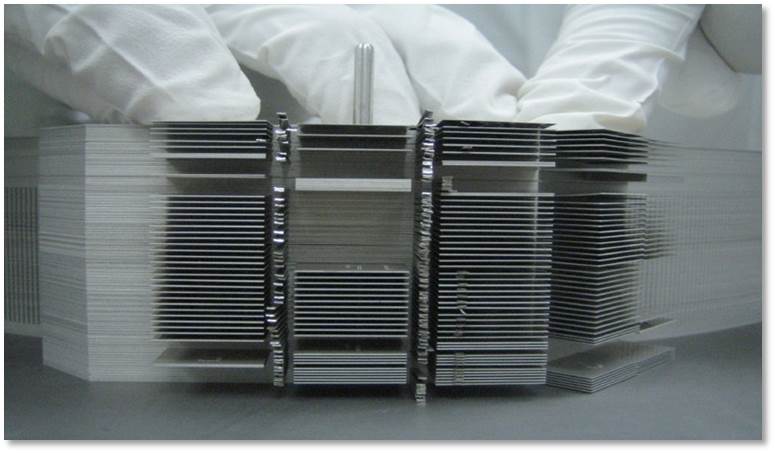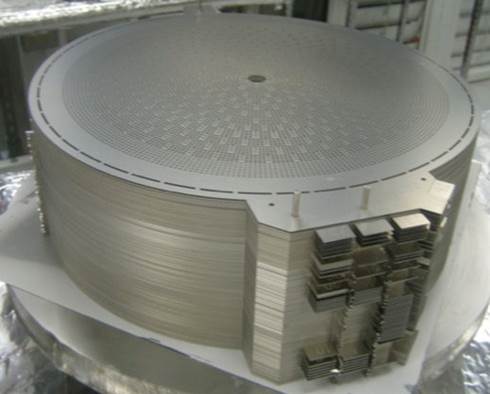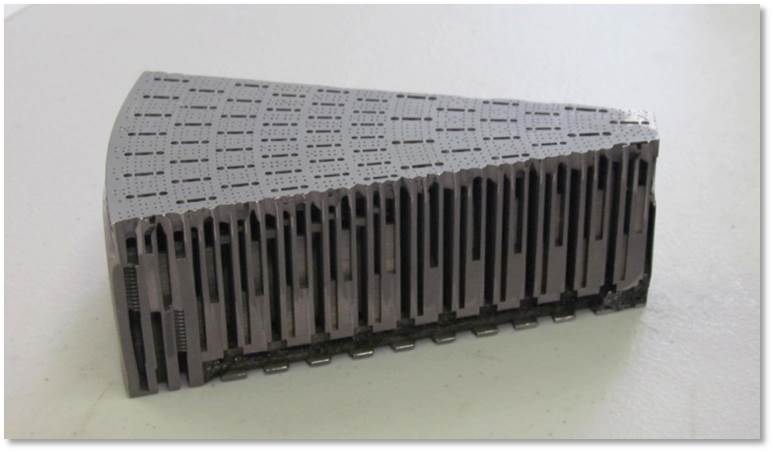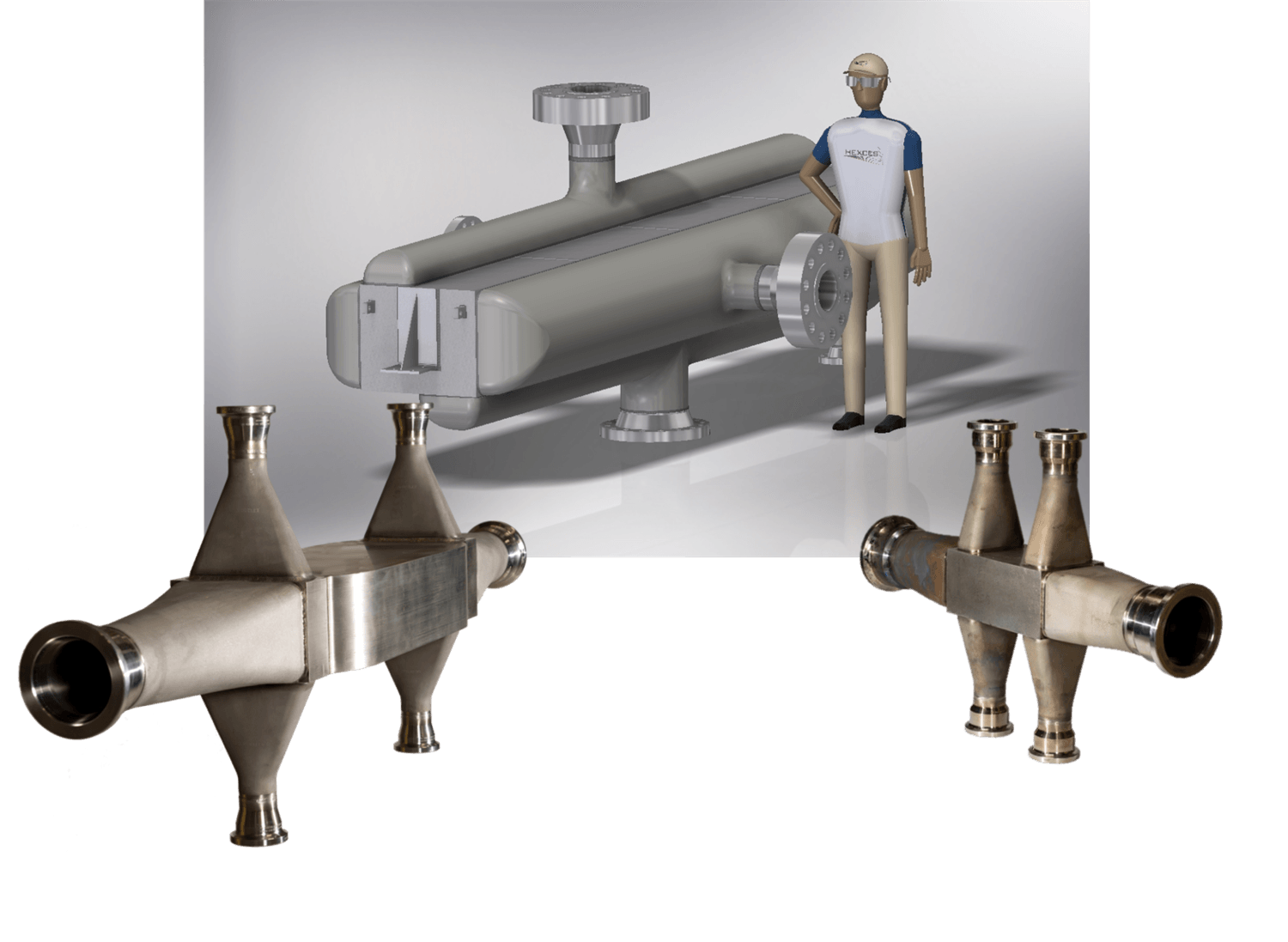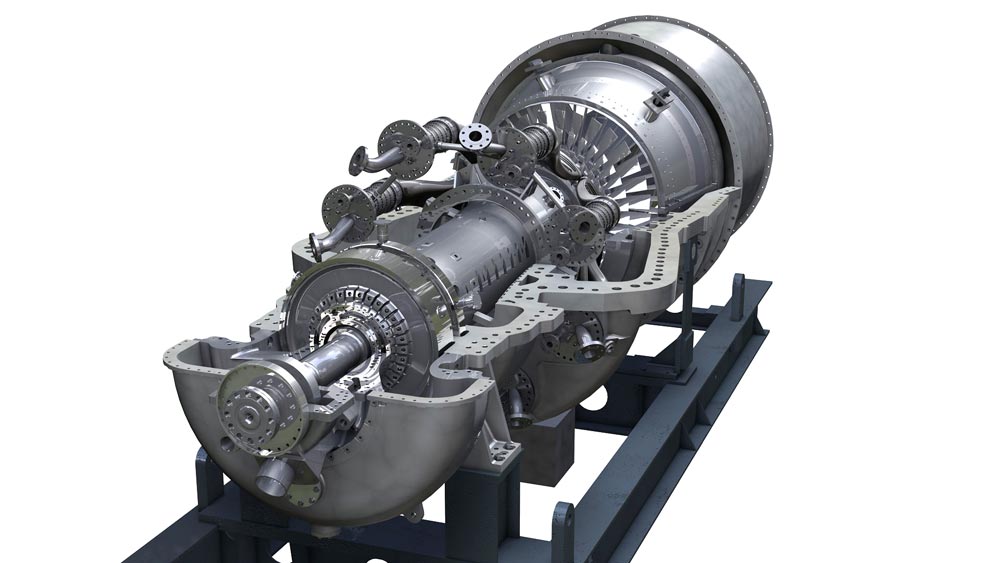OXY-FUEL COMBUSTION
Oxy-fuel combustion has been the propulsion system of choice since the early days of rocket science. Defined as a combustion process in which fuel is mixed with an oxidizer such as pure oxygen, oxy-fuel combustion has been effectively used in solid, liquid, and gaseous combustion systems.
At the core of CES' technology is an oxy-fuel combustion system adapted from the same principles of rocket propulsion technology that power the American Space Shuttle. The CES combustor burns clean gaseous and/or liquid fossil fuel with gaseous oxygen at near-stoichiometric conditions in the presence of recycled or even untreated produced water. It can burn a wide variety of fuels, including natural gas, associated or produced gas, syngas, refinery residues, landfill gas, bio-digester gas, and renewable fuels such as glycerin from bio-diesel production facilities. Even emulsified bitumen and micronized petcoke have been proven to be useable fuels, although they are not at commercial readiness yet.
CO2 and steam are the primary products of the oxy-fuel combustion process. CES technology is able to recover 100 percent of CO2 produced, ensuring that no pollutants are released into the air. The ready production and recovery of CO2 is a game-changer for the enhanced oil recovery (EOR) industry.
PLATELET TECHNOLOGY
A key difficulty in oxy-combustion is controlling the reaction, ensuring that the oxidizer and oxidant (fuel) mix to form a homogenous flame front, while avoiding hot spots or producing un-combusted product. To overcome this complication, American rocket and missile propulsion manufacturer Aerojet introduced and developed platelet technology for the fabrication of combustor injectors. Through the use of platelets, they were able to engineer a highly precise, efficiently mixed, and controllable oxy-fuel combustion mechanism.
Platelet technology provides solutions to difficult thermal and fluid flow problems in a variety of applications. In this unique technology, thru and partial depth patterns are chemically machined with photographic accuracy in thin sheets of metal producing "platelets." These individual platelets are in turn accurately assembled, or "stacked", and then joined by solid state diffusion bonding to form a monolithic structure containing internal passages. These passages contain precise flow control manifolding and metering features along with in-situ filters to preclude contaminant caused plugging or occlusion. Where multiple reactants or fluids pass through the platelet device, the diffusion bonded lands formed between the passages effectively isolate and segregate the flows. Following bonding, the platelet assemblies are machined and welded using conventional techniques to produce finished products or components of assemblies.
A prominent example of the application of platelet technology is the two-fluid, oxidizer/fuel injector face plate for the NASA Space Shuttle Orbital Maneuvering System Engine (OMS-E). This Aerojet-developed rocket engine sported a spotless, 100% reliability record over the 30 year lifespan of the Space Shuttle program.
Platelet technology plays an essential role in CES' oxy-fuel combustion systems - the heart of the CES' combustor, the injector, is a three-fluid platelet device. The CES platelet injector provides precise metering and mixing of fuel and oxidizer through hundreds of individual injection elements while providing the necessary cooling to assure long component life through the injection of water or steam.
Since the company's inception, CES has worked with the inventors of platelet technology, building our systems with guidance from the world's foremost platelet experts, a number of whom are among CES' original founders and current employees and consultants.
OUR PRODUCTS
Safe, reliable power that doesn't compromise the environment: It's been our mission since the beginning.
All Rights Reserved | Clean Energy Systems | Website Design by: MyCali Designs




